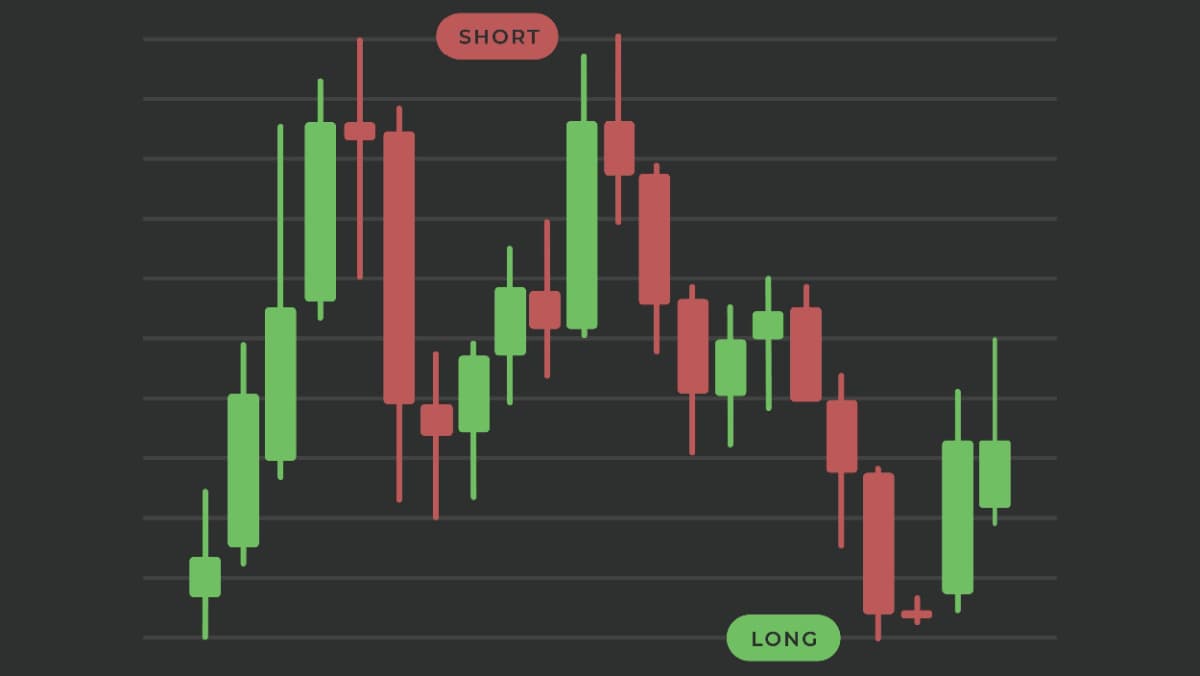Wednesday May 3 2023 10:40

6 min

Did you know you can sell into a falling market just as easily as you can buy into a rising market?

Shorting – or short selling – is a trading strategy that seeks to speculate on a market or security falling in prices.
You might hear it being referred to as ‘going short’, or ‘selling short’.
Shorting involves selling an asset like a stock you do not own, or one which you borrow for the purposes of selling short, and then buying back later.
You might short because you think a stock or security will go down.
Or you might be hedging against price volatility in securities you own.
Financial instruments like Contracts for Difference – CFDs – make shorting straightforward.
A CFD is a contract between a broker and trader to exchange the difference in value of the security between the start of the contract – when you open the position – and the end of the contract; when you close the position.
You do not need to own the underlying shares or borrow the stock – with CFDs you can simply open a long or short position directly with your broker.
Let’s say Apple stock is trading at $160 a share. To short you borrow 100 shares and sell them for $16,000. If the prices were to decline $10 a share to $150, you could then purchase those 100 shares back netting $1,000.
With a CFD, you would sell 100 Apple CFDs short at $160. If AAPL stock fell $10 you could then close the position, effectively buying the 100 CFDs back at $150 and netting $1,000 (100 x [$160-$150]).
Short selling example Apple
However, if having sold it short at $150 the stock were to rise $10 to $160, closing out the position would result in a net loss of $1,000.

Shorting can be down in any market assuming normal trading conditions exist. For example, if you sell GBPUSD you are ‘shorting’ the pound. You can also short commodities like oil and gold; indices like the Dow or FTSE, ETFs, bonds and cryptocurrencies*.
If you own the underlying stock, selling the CFD short might enable you to hedge against market volatility, such as during earnings season.
Short selling can result in unlimited losses since there is no theoretical limit on how high a stock price might go. The use of stop-losses and limit orders as part of a sound risk management system is strongly recommended.
Shorting can become difficult in illiquid markets as your broker might not be able to get the ‘borrow’ on a stock to enable your trade to take place. Also, some regulators occasionally ban short selling on certain stocks.
*Not in the UK